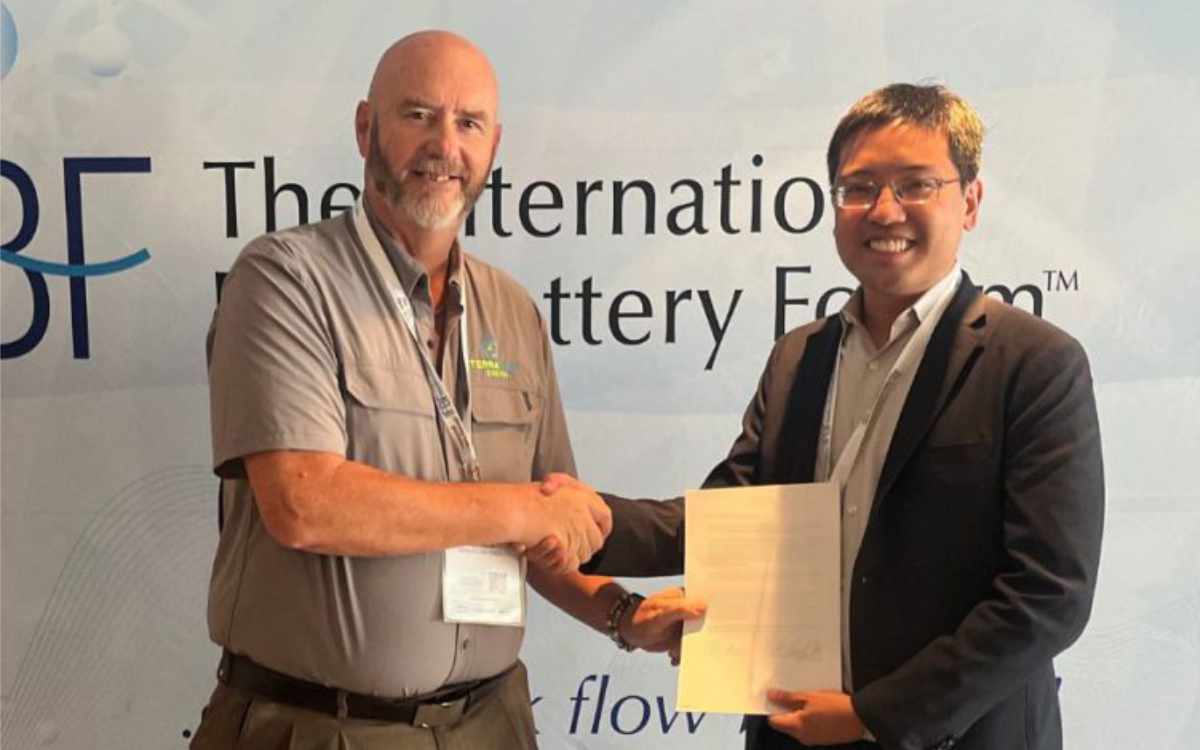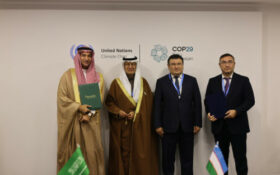The great and the good of the international lead-acid battery industry and the Chinese civil servants met up in Nanjing in early September to find a way forward after the great Chinese battery cull. Our Man in China, Liang Yunchao, reports.
Painful but necessary"— the thoughts of Mark Thorsby, executive president of Battery Council International, commenting on the Chinese Government's action which has resulted in a reduction of Chinese lead acid battery manufacture to just 42% of what it was in 2010.
And BCI should know: The USA has reduced the number of enterprises . . .
to continue reading this article...
Sign up to any Premium subscription to continue reading
To read this article, and get access to all the Premium content on bestmag.co.uk, sign up for a Premium subscription.
view subscription optionsAlready Subscribed? Log In












